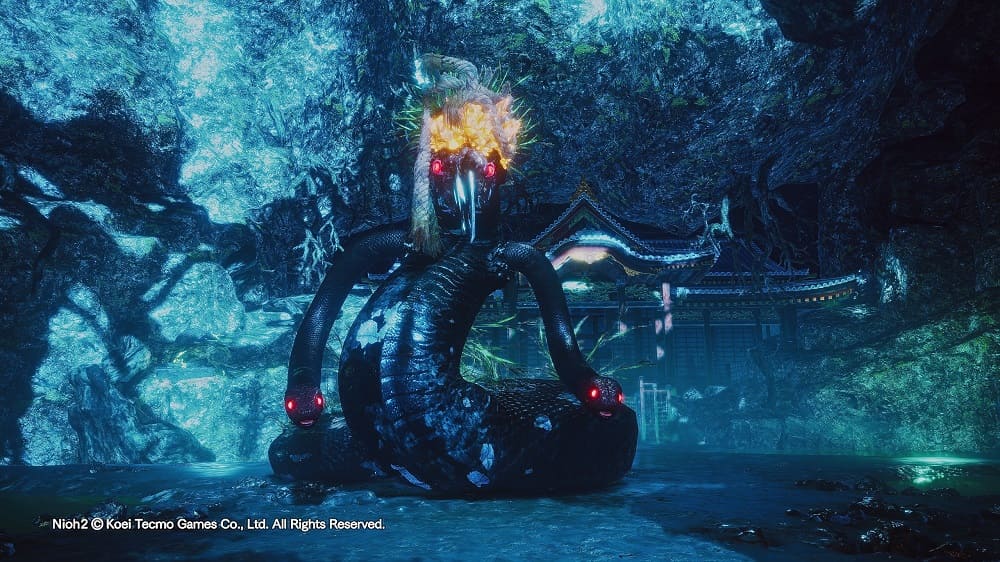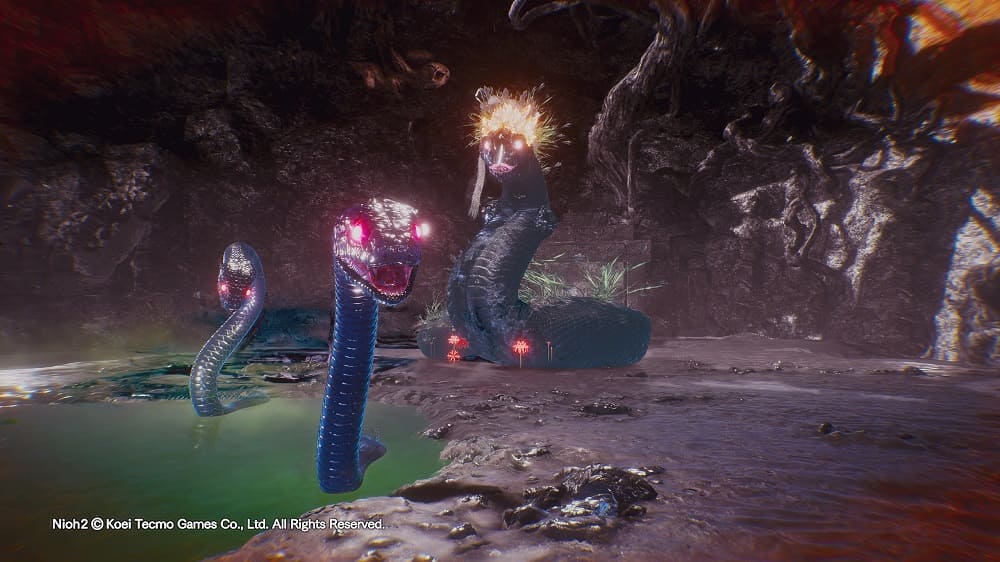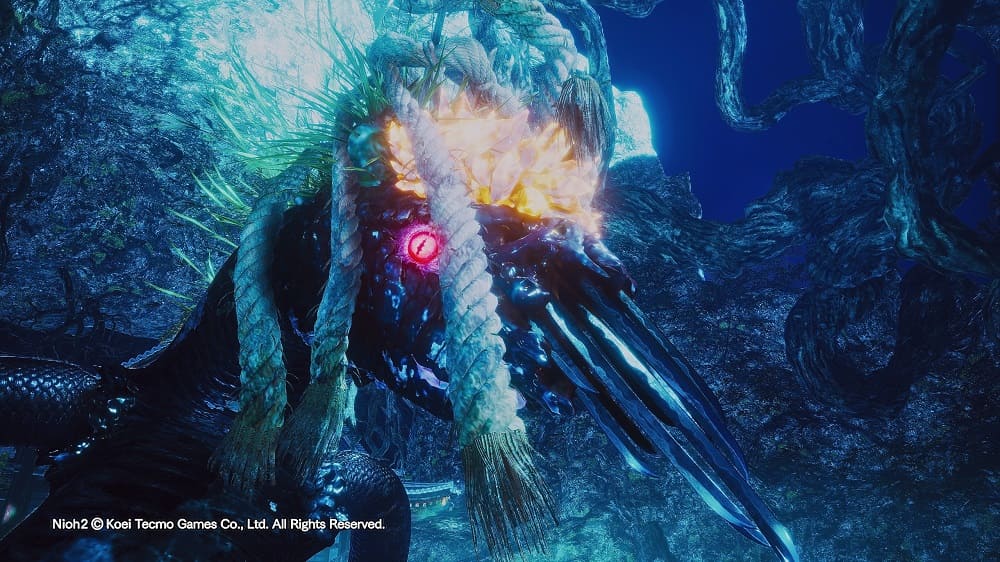Have you ever heard of Yato-no-Kami, a deity from Japanese folklore? Known as a “cursed god,” Yato-no-Kami is believed to bring misfortune to those who see it. This enigmatic deity appears in ancient texts and continues to capture the imagination of those interested in Japanese mythology.
In this article, we’ll explore who Yato-no-Kami is, its unique characteristics, and the legends surrounding it. We’ll also look at its connection to Yato Shrine and its appearance in modern media like the game Nioh 2.
What Is Yato-no-Kami / Yatsu no Kami?


Some people call it “Yatsu no Kami”.

I know!
In Nioh2, they call it “Yatsu no Kami”
The Origins of Yato-no-Kami

Yato-no-Kami first appears in the Hitachi Fudoki, an ancient Japanese chronicle. The deity is described as a god of calamity, with the phrase, “Those who see it will face family destruction and the end of their lineage.” This reputation as a cursed god made Yato-no-Kami a figure of both fear and reverence.

That’s terrifying!!
The name “Yato” translates to “valley,” hinting at its habitat. The deity is believed to reside in valleys and reed fields, often moving in groups.
Why Is It Feared?
Yato-no-Kami’s reputation stems from its association with curses and destruction. Ancient Japanese communities viewed it as a force of nature to be respected and avoided. Legends say that the deity punishes those who disrupt its habitat or disrespect its presence, reinforcing its image as a guardian of the natural world.
Physical Characteristics
Yato-no-Kami is often depicted as a snake-like creature with horns on its head. Its serpent body symbolizes its divine and ominous nature. The deity’s connection to valleys and reed fields further cements its image as a guardian of untamed natural landscapes.
Yato Shrine and Its Legends
The Tale of Yato-no-Kami’s Defeat
According to the Hitachi Fudoki, during the reign of Emperor Keitai, a man named Matachi of the Yahazu clan attempted to cultivate reed fields. His efforts were thwarted by Yato-no-Kami, which fiercely guarded the land. Matachi is said to have driven Yato-no-Kami into the mountains, clearing the way for successful cultivation.
Later, Yato Shrine was built to appease the deity and prevent further calamities. Today, the shrine stands as a reminder of the balance between humans and nature in ancient Japanese beliefs.
Yato-no-Kami in Nioh 2

Fans of Japanese folklore might recognize Yato-no-Kami from the popular video game Nioh 2. In the game, Yato-no-Kami is depicted as a powerful boss character, reflecting its reputation as a fearsome and formidable deity. Players who encounter this creature will notice its serpent-like body and horned head, staying true to traditional descriptions.
Nioh 2 has brought this ancient legend to a global audience, sparking curiosity about its origins and cultural significance.
Yata-no-Kami Q&A
- QIs Yato-no-Kami still worshiped today?
- A
While not widely worshiped, Yato Shrine remains a cultural and historical site where the deity is remembered and respected.
- QWhy is Yato-no-Kami associated with curses?
- A
The legend in the Hitachi Fudoki describes it as a god that punishes those who disturb its habitat, leading to its reputation as a cursed deity.
Conclusion
Yato-no-Kami is a fascinating figure in Japanese folklore, embodying the delicate balance between humans and nature. Its fearsome reputation as a cursed god and its snake-like form continue to intrigue those interested in mythology. Whether through ancient texts or modern games like Nioh 2, Yato-no-Kami’s legacy lives on as a symbol of mystery and reverence.
If you’re a fan of Japanese mythology or just curious about this unique deity, Yato-no-Kami offers a glimpse into the rich cultural tapestry of Japan.




Comments